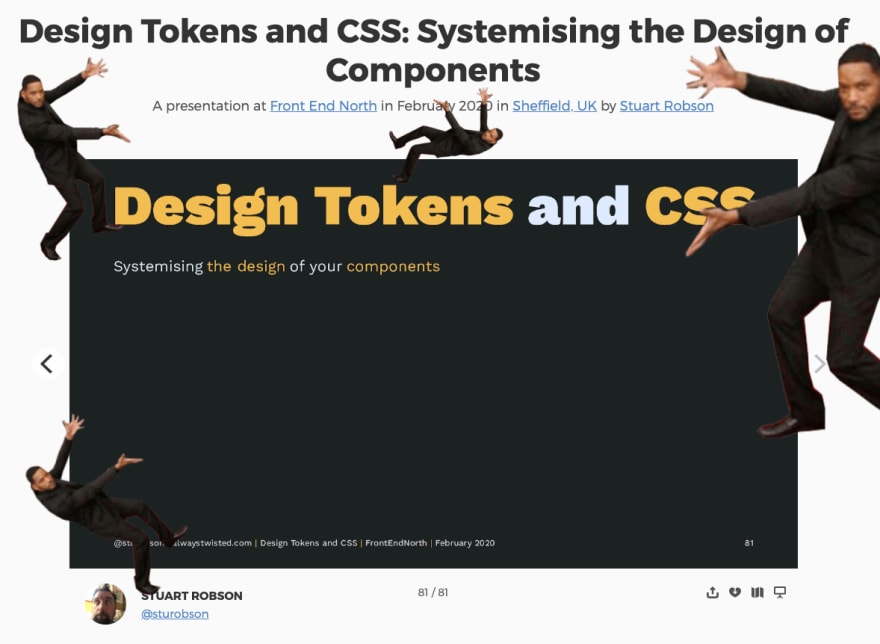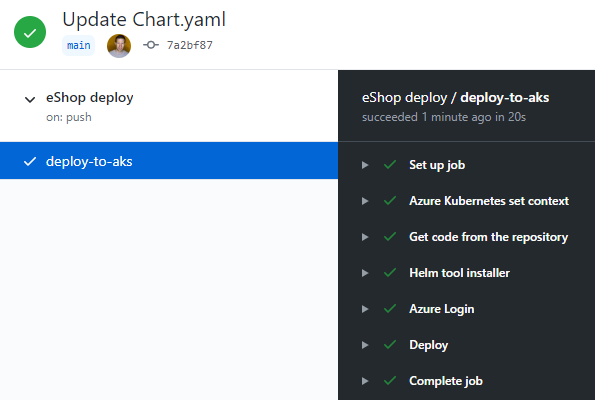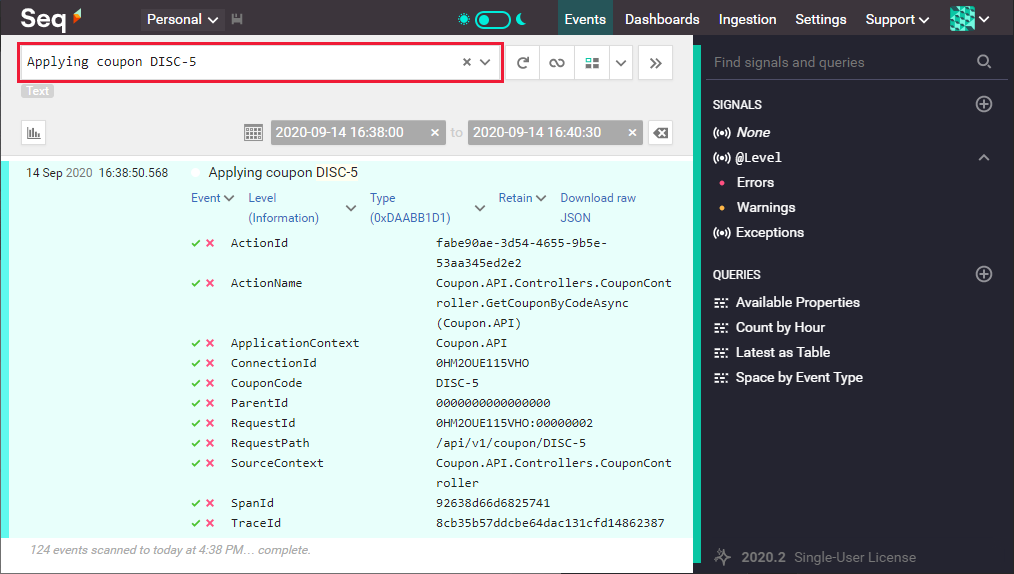Learn the technical skills you need for the job you want. As leaders in online education and learning to code, we’ve taught over 45 million people using a tested curriculum and an interactive learning environment. Start with HTML, CSS, JavaScript, SQL, Python, Data Science, and more.
Learn a new software development, IT, data or security skill every week—for free !!
33% off Personal Annual and Premium subscriptions for a limited time. Gain access to THE technology skills platform with expert-led, online courses for web development, IT training and more! Start learning today and save!
Learn to code with free online courses, programming projects, and interview preparation for developer jobs.Learn to code.
Build projects.
Earn certifications.
Since 2014, more than 40,000 freeCodeCamp.org graduates have gotten jobs at tech companies including:
Where can you learn how to code for Free
There is no shortage of Berlin learning groups and meetups if you want to learn how to code. If you are not in Berlin, similar resources can be found by heading to meetup.com, and choosing the “tech” meetups in your city. Many of the listed resources have chapters in different cities worldwide. I hope you find something that fits for you.
- I will mostly stick to free options as bootcamps are not accessible to everyone.
- Many meetups start at 18:30 or later, which is helpful if you are working. Unfortunately many of my favourite meetups often clash, so you will have to pick your focus.
- 90% of the events are in english, but you will usually find a tutor who speaks German if you prefer that
Women who Code Berlin
Women Who Code is the largest and most active community of engineers focused on inspiring women to excel in technology careers.
They often have full scale workshops that take place over a few weeks. I will be heading to their Intro to SQL workshop soon. They also have biweekly hack evenings, where you can work on your side project, online course, tutorials etc. It is not language specific and there are more experienced people who can help you if you get stuck.
Website: Women Who Code Berlin
Meetup: Women Who Code Berlin Meetup
Tip: Set up notifications for their meetup page and rsvp as soon as you can, as there is often a waiting list for their events.
Women Techmakers Berlin
I usually confuse it with Women Who Code, but I blame the similar colour schemes. WTM Berlin is an amazing group that also offers workshops, intense study sessions and events. One of the most notable is the Javascript Crash Course , they have an archive of the classes. They also live streamed it to people who could not make it to the classes.
Meetup: WTM Berlin Meetup
Website: WTM Berlin
PyLadies Berlin
They host monthly meetups which usually follow a short talk + workshop formula.
Website: Berlin Pyladies
Meetup: Berlin Pyladies Meetup
Heart of Code
A hackerspace for women and those who identify as a women.
They also have various open learning and working groups, for example, topics focused on Python, data visualization, 3D printing, IT security, cycle tracking app, Java, hardware & flashing and many more.
Website: Heart Of Code
Women who Go
A study group for women that want to learn the Go(also known as Golang) language. You do not need to have experience to participate.
Website: Women Who Go
Meetup: Women Who Go Meetup Study resources: Go Study Group
Codebar
Codebar is one of my favourite meetups. It is often hosted every second Monday in different offices. They also have a small library where you can borrow books, I am currently reading their Eloquent Javascript book.
Their workshops are available to women and people who are underrepresented in the tech industry.
Website: Codebar
They also share their tutorials online: Codebar Tutorials
Open Tech School
OpenTechSchool is a movement aiming to offer free tech education. Their events are open to technology enthusiasts of all genders, backgrounds, and experience levels, willing to coach or learn in a friendly environment. They have learning materials that are shared and collectively improved by the online community and anyone is welcome to use it to organize new OTS chapters anywhere in the world.
Website: Open Tech School
Meetup:Open Tech School Meetup
Learning materials:OTS Study
GDG Berlin Android
They are the Berlin Google Developer Group (GDG) focused on Android development. They host a weekly Android Co-Learning event which is a mix of experienced developers and beginners.
Meetup: GDG Meetup
Open source coding in Berlin
An open-source coding workshop aimed at those who are curious about programming.
Meetup: Open Source Workshop
Less frequent events
Rails Girls Berlin
They organize free workshops for women without prior experience in programming. The workshops are led by skilled Ruby on Rails programmers. They are focused on keeping the group sizes small to be able to focus on the student and stick to one dedicated coach per two or three learners. I was lucky to attend a workshop and in a few hours, I had created a basic website that had some crud functionality and I learnt how to deploy it to Heroku. That experience led me to play around with uploading projects, and eventually my blog.
Website: Rail Girls Berlin
Django Girls
They host free, one-day workshops for beginners that will teach you how to create a website using Python and Django. Unfortunately the workshops happen every few months, but you can subscribe to their mailing list to be notified of the next one.
Website: Django Girls Berlin
ClojureBridge Berlin
ClojureBridge is a free workshop introducing women and non-binary people to programming and the local technology community. Unfortunately they have not had a workshop in a long time, but I suggest signing up to their mailing list for updates.
Website: ClojureBridge Berlin
Notable mentions
Geekettes
A community for women in tech. They host talks and organize workshops to teach and refine skills. They also host a unique hackathon . They have a mentorship program that pairs ambitious tech professionals and entrepreneurs with experienced mentors.
Website: Geekettees
Paid bootcamp events
Bootcamps like Le Wagon, Ironhack and Wild Code School often have workshops as part of their marketing strategy to attract students, some of the classes are fun and can be a way to try out coding. Do attend the graduation events and talk to previous students before you decide to join one. Take your time researching them.
Co-up space
co.up is a community space that provides affordable event and workshop spaces in Kreuzberg. They also provide free space for public and free events in the local tech and creative scene. They host a lot of meetups, so follow them on their accounts.
Events: co-up events
Calendar: Events
Free coding “bootcamps”
These options below are similar to a bootcamp structure, where they take you from a to b. I am familiar with all of them and I think they are a good alternative to paying for a bootcamp.
CodeDoor
CodeDoor is a non-profit organisation that provides refugees and migrants with the opportunity to learn to code. You will have to go through an interview phase to be accepted. They meetup every Monday afternoon around 4pm in Charlottenburg, Berlin for learning support, additional training and exchange. I highly recommend them.
Note: In the past participants received scholarships for the Udacity Nanodegree in various fields (the last few courses were given out in December 2019), there have been changes to the courses offered, you will have to contact them for updates.
Website: CodeDoor
Meetup : CodeDoor Meetup
ReDI
ReDI School of Digital Integration is a non-profit digital school for tech-interested locals and newcomers in Germany. They have different programs available and the one that is similar to a bootcamp structure is their 4 month career program that consists of two weekly evening classes (two hours each) taught by volunteers. They are selective and you will need to go to their career information day first before being sent the link to apply for the program. Sometimes their response is really slow, but I think they are a solid option.
Website: ReDI School
Frauenloop
FrauenLoop is an evening program that trains women with resident, immigrant, refugee, non-science, or family-status backgrounds who might otherwise face obstacles to starting or re-entering professional tech roles. They teach 9-month tracks of progressive full-stack web development, data science, and software manual testing and automation, but the registrations are split into 3 months. It is not entirely free, I had to pay 200 euros for the 3 month program I attended. It was hosted by Microsoft Berlin, and was a great experience.You will need to supplement it with another course (for example, an online course) if you want to learn more as it is only once a week. It was not the perfect fit for me because I was a bit advanced for the track I joined and I found it too slow, I should have spoken up to join the intermediate group.
Website: FrauenLoop
Alternative options : Paid bootcamp funding
If you are unemployed or at risk of unemployment the job center can pay for your coding bootcamp. You need to be registered in Germany to be eligible.
What is a bildungutschein?
A Bildungsgutschein is an Education Voucher issued by the Agentur für Arbeit (job center). The aim of the Bildungsgutschein is to train people with new skills in order to find a new career path or job. Once you’re issued with the voucher, you’ll need to take the course within the timeframe specified. The voucher is valid for 3 months.
How to get a Bildungsgutschein
- Contact your Agentur für Arbeit and set up an appointment.
- Contact the bootcamp and ask for their information packet. It will include their syllabus in German, a report of the job market, and their “registration number”
- Prepare a motivation letter for your job agent explaining why you want to learn to code. You can use the following questions to build your motivation letter:
- Where did you work before?
- Why do you want to change your career path or why do you need the coding skills for the future?
- Where do you see yourself after the bootcamp with your new coding skills?
Reality Be prepared, and you will be fine. I had a stack of documents, and my advisor was impressed by the fact that I knew details about the course I wanted to take, and issued me the voucher. They want to see that you have done your research.
What happens after your appointment at the Agentur für Arbeit/Job Center?
- If you received a positive outcome, you need to go to the bootcamp for them to sign a contract with you and mail the documents back to the job center.
- If you are rejected, try again. Ask the bootcamp for advice.
You can also attend other IT focused programs that are listed on the Bildungsgutschein website. I do not speak German yet, so that did not work for me.
These are the popular bootcamps that have a Bildungsgutschein option available.
- 9 week/24 weeks part-time Le Wagon
- Spiced Academy
- The online bootcamp, CareerFoundry
Tip If you go this route, time your appointment with the job center well. It can take up to a month to see an advisor who will issue you the voucher. You also need to contact the bootcamp and go through their application/interview process.
Conclusion
The organizers take their job seriously and offer safe spaces to learn, do not be intimidated to attend the events. The events follow the “Berlin code of conduct”. Make sure to read it before attending them.There are many different routes you can take on your journey to learn programming. I hope this guide helps you as a starting point.
FrontEndNorth Tech Conf
I had the pleasure of volunteering alongside a couple of other folk in the FrontEndNorth conference that happened in Sheffield. It was the first time that I got to go to England and see such wonderful talks and support the organizers!
My first objective was to be able to talk with people in a meet-up/conference environment without feeling awkward. As a volunteer, you have to interact with other people, right? At the very least, you must interact with the organizers or the other volunteers.
Whenever I go to meet ups I often feel like I’m intruding if I try to talk with others there. ‘So? Just drag a friend with you, it’s fine!’ I hear you say, and you are not wrong! But I do genuinely want to know more people that are also interested in the same topics and not feel like I’m ‘butting’ in conversations. Whenever I go with someone else I usually end up not talking with no one else but them and this is because I know I won’t feel like an awkward duck starting a conversation.
My second objective was to see as many talks as I could (I ended up not being able to watch two, but I’ll mention them here anyway!). Some of them don’t have the slides linked because I wasn’t able to find them, if this changes at any point I’ll link them. Let’s just jump in:
text reads: The first rule of Media Queries is … Do I need a media query?
There are many things in this talk that, technically wise, I find extremely useful and important. I was surprised to find out so many things about media queries that I wasn’t aware of and about the new things that CSS is slowly coming out with to make the detection of devices easier and less clunky. However, the thing that stuck with me the most was a quote from when the subject turned towards the user and how they engage with the content that we develop (such as, for example, using outdated browsers):
“Stop expecting people to fix something to use your website. Respond by meeting them where they are.” — Rachel Andrew
Are we even Designing? Like, at all? by Florence Okoye
Unfortunately this was one of the talks that I wasn’t able to attend. I did, however, follow the tweets that were happening during the talk as a way to sort of accompany it.
“Most people here will have heard, in real life or a movie, a black person described as an ape or a monkey. (…) And yet a piece of software created in the 21st century did just that.” — Florence Okoye
It’s honestly… bewildering that this still happens, though not surprising. You need only look at what happened with Microsoft’s AI bot to have a glimpse of what ‘having good intentions and a good heart’ can lead to.
I really hope that I get to at least see the slides or at least maybe see the talk at some other point in time.
This is the second talk that I didn’t attend… but this is one of the topics that I’m always very excited to talk about.
Since I’ve worked very closely with UI Frameworks, these sort of topics are always very near and dear to my heart. I had never heard them being called “Design Tokens” (I’m a bigger fan of “Spicy variables” myself). I can’t really say much besides just:

Also, small note:

I’m in this picture, and I don’t like it >:(
Have you written tests for that? by Mike Smith
I cannot even begin to explain the allergy most developers seem to have when it comes to tests. I feel it’s gotten a lot better over the years (especially as things do become more accessible and easier to understand) but I am always so glad to hear about how other people do their tests and how we can improve ours in my team. This was especially close to home because on the day before, as I was travelling to the conference and then when I finally settled, guess what I was doing?… Writing tests. I feel that this talk is great to get a reminder what your priorities while writing tests should be and what types of test should be used when and what for.
This was a lot of fun! It never really occurred to me how the voice menus were built (spoilers: using Voice Extensible Markup Language) and I was even more surprised to discover that the origins of using voice as an interface actually happened a lot longer ago than I would have first guessed. Léone mentions that all news, regardless of intense, sound the same because the voice inflation doesn’t change. She also explains how it is possible to not only change the voice, but also the inflation and cadence, and what a difference it makes! In the example used, she starts off with the typical, epic quote from the Princess Bride but spoken in a flat, typically english tone with the same cadence in delivery throughout. However, when she applies pauses (and different lengths at that) and a different voice that fits the character better, it transforms the text completely.
I don’t think I’ve ever heard a more relatable quote than this one:
“If you have a website you have a design system (it’s just terrible and poorly documented).” — Laura Gonzalez
The sharp sense of humour and the design of the slides were really great. Like a jolt of energy. We’re currently working on getting our own Design System in order, so this talk is one that I’ve been sharing with the designers in me team.
Developing Software for Prisons by Nevelina Aleksandrova
I’m always excited whenever talks that focus on empathy end popping up in a (mostly) tech environment. As a front end developer, the conversations around ‘security breach’ happen, but they are never to the level of what that same term might mean when you are developing for a prison.
Nevelina walked us through how the process is slow because of the number of variables that exist and the impact that might cause. How it’s important that information regarding prisoners is clear and obvious. Prisoners have their daily activities (akin to jobs) but their paths through the prison must be carefully calculated in case if another prisoner (for example, from a rival gang) is out of his cell at the same time. There’s still a long way to go, but it’s amazing how these smaller, slow changes have already been a great improvement for the quality of life of those that work in prisons.
Burnout and Balance by Jessica Rose
The sense of humour in this talk was right up my alley. I tried to keep track of the amount of good quotes that made me snort throughout but I was sadly unable. Doing the last talk of a day can always be a challenge, but Jessica held the attention of the crowd from beginning to end. “You’re more than your work. Your quality of life matters.” is a quote that is very often forgotten about especially in the field of tech and coding where the lines between work and “free-time-fun” can oftentimes become blurry.
Speaking from experience, it’s hard to separate your self worth from the things that you create, from your work. That is a dangerous tight rope to walk.
Golden words to finish on:
“If, like most people, you can’t quite your job and spend more time with your horse: do less, in ways that won’t damage your life. Outsource. Start saying no. Selectively emotionally invest. Ask for help. Recharge. Practice forgiveness and don’t be a jerk.” — Jessica Rose
Closing thoughts!
So, now you know that at least the second objective I was pretty successful with. But what about the first one?
Well… It sort of worked. I definitely got to meet a lot of the volunteers though not really talk a lot with them for an extended period of time (which makes sense). One of the highlights was that I got to meet Katie Fenn and Ian Parr in person. I saw Katie’s talk when I attended JSConf EU 2018 in Berlin and her sense of humour (and cat gifs) made me realise that conferences and meet ups were something that I would love to be more involved on. As for Ian, I really want to give him a special thanks because throughout the day he always made sure that I was ok and not feeling alone. It meant a lot, thank you.
I spoke to a couple of attendees, got new book references to read (thanks Kyle!) and got a lot of new things to think about as I returned home. I still felt like an awkward duck, but it’ll get better.
 In the preceding image, you can see details of the
In the preceding image, you can see details of the 



